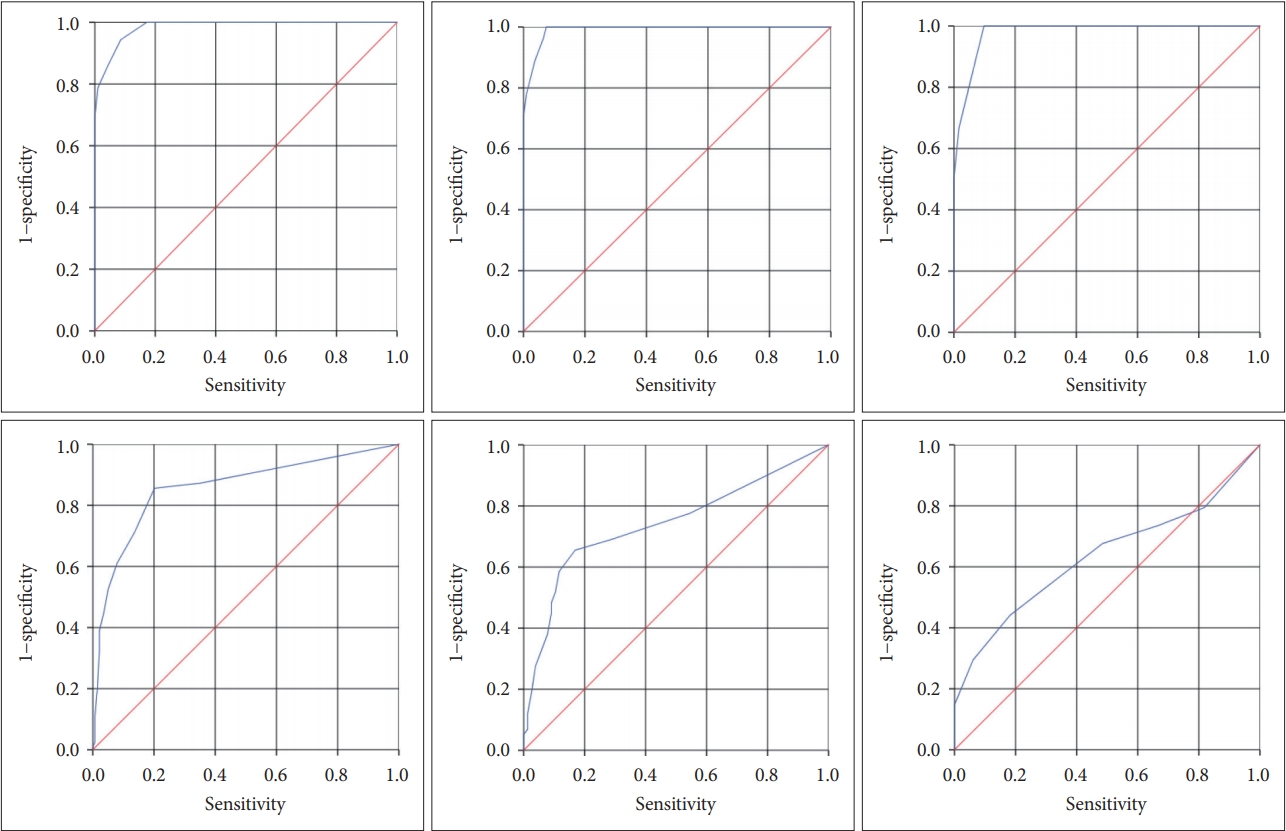1. Basile KC, Smith SG, Breiding M, Black MC, Mahendra RR. Sexual violence surveillance: uniform definitions and recommended data elements. Version 2.0. 2014.
2. Chang D, Kim S. A Study on the Punishment and Control of Online Sexual Violence Crime. In: Hahn I, editor. Korean Institute of Criminology Research Series. Seoul: Korean Institute of Criminology, 2018, p. 1-457.
4. Campbell R, Dworkin E, Cabral G. An ecological model of the impact of sexual assault on women’s mental health. Trauma Violence Abuse 2009;10:225-246.


7. Maniglio R. The impact of child sexual abuse on health: a systematic review of reviews. Clin Psychol Rev 2009;29:647-657.


8. Ahmad I, Ali PA, Rehman S, Talpur A, Dhingra K. Intimate partner violence screening in emergency department: a rapid review of the literature. J Clin Nurs 2017;26:3271-3285.


9. Savell S. Child sexual abuse: are health care providers looking the other way? J Forensic Nurs 2005;1:78-82.


14. Lang JM, Connell CM. Development and validation of a brief trauma screening measure for children: The Child Trauma Screen. Psychol Trauma 2017;9:390-398.


15. Faulstich ME, Carey MP, Ruggiero L, Enyart P, Gresham F. Assessment of depression in childhood and adolescence: an evaluation of the Center for Epidemiological Studies Depression Scale for Children (CESDC). Am J Psychiatry 1986;143:1024-1027.


16. Roberts RE, Vernon SW. The Center for Epidemiologic Studies Depression Scale: its use in a community sample. Am J Psychiatry 1983;140:41-46.


17. Spielberger C, Gorsuch RL, Lushene R. STAI manual for the State-Trait Inventory. Palo Alto: Consulting Psychologist; 1970.
18. Ulusoy M, Sahin NH, Erkmen H. The Beck anxiety inventory: psychometric properties. J Cogn Psychother 1998;12:163-172.
19. Primi C, Morsanyi K, Chiesi F, Donati MA, Hamilton J. The development and testing of a new version of the cognitive reflection test applying Item Response Theory (IRT). J Behav Decis Mak 2016;29:453-469.

20. Mukaka M. Statistics corner: a guide to appropriate use of correlation in medical research. Malawi Med J 2012;24:69-71.


21. Baker FB. The Basics of Item Response Theory. College Park: ERIC; 2001.
22. Galinha IC, Pereira CR, Esteves FG. Confirmatory factor analysis and temporal invariance of the Positive and Negative Affect Schedule (PANAS). Psicologia: Reflexão e Crítica 2013;26:671-679.

23. Gillin JC, Duncan WC, Murphy DL, Post RM, Wehr TA, Goodwin FK, et al. Age-related changes in sleep in depressed and normal subjects. Psychiatry Res 1981;4:73-78.


24. Bailey MK, Zauszniewski JA, Heinzer MM, Hemstrom-Krainess AM. Patterns of depressive symptoms in children. J Child Adolesc Psychiatr Nurs 2007;20:86-95.


26. Barry TJ, Yeung SP, Lau JYF. Meta-analysis of the influence of age on symptom change following cognitive-behavioural treatment for anxiety disorders. J Adolesc 2018;68:232-24.


27. Zimmer-Gembeck MJ, Skinner EA. Review: the development of coping across childhood and adolescence: an integrative review and critique of research. Int J Behav Develop 2010;35:1-17.

28. Brown JM, O’Keeffe J, Sanders SH, Baker B. Developmental changes in children’s cognition to stressful and painful situations. J Pediatr Psychol 1986;11:343-357.


29. Muris P, Merckelbach H, Mayer B, Meesters C. Common fears and their relationship to anxiety disorders symptomatology in normal children. Pers Individ Diff 1998;24:575-578.












